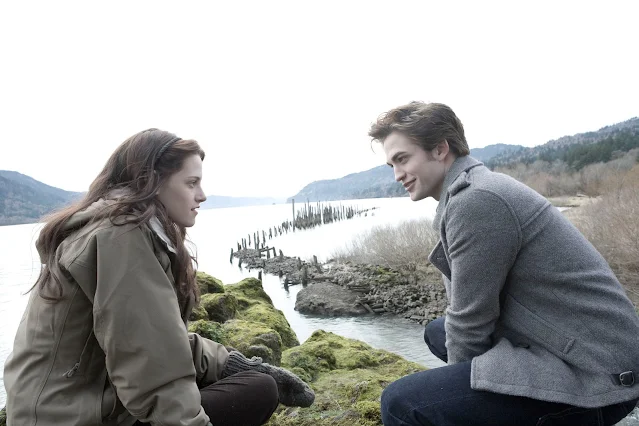A Girl Walks Home Alone at Night (Ana Lily Amirpour, 2014)
Cast: Sheila Vand, Arash Marandi, Marshall Manesh, Mozhan Marnò, Dominic Rains, Rome Shadanloo, Milad Eghbali, Reza Sixo Safai, Masuka the Cat. Screenplay: Ana Lily Amirpour. Cinematography: Lyle Vincent. Production design: Sergio De La Vega. Film editing: Alex O’Flinn. Music: Bei Ru.
Girls probably shouldn’t walk home alone at night unless they’re chador-wearing vampires who ride skateboards. That seems to be the major point made by Ana Lily Amirpour’s A Girl Walks Home at Night. The Girl (Sheila Vand) has no name that we know of, and she doesn’t seem to go out in the daytime, but we learn that she’s a vampire when she bites off the finger of and then desanguinates Saeed (Dominic Rains), a sleaze, a pusher, and a pimp. Saeed has earlier confiscated a 1957 Ford Thunderbird from Arash (Arash Marandi) as payment for debts he incurred trying to support his junkie father, Hossein (Marshall Manesh). Arash’s attempt to retrieve his car brings him into contact with the Girl. What little suspense the film generates lies in how the relationship between Arash and the Girl will progress. Will he become her victim, as Saeed, a homeless man, and eventually Arash’s father do? Or will they find some other way of connecting? More droll than scary, A Girl Walks Home at Night takes place in Iran’s imaginary Bad City, which seems a lot like Southern California except that everyone speaks Persian and it’s more thinly populated. We meet some other characters in the course of the film, including a streetwalker and an urchin, but the most memorable is probably the cat Arash adopts, which eventually winds up with the Girl, to Arash’s surprise. Almost everything about this film, Amirpour’s first feature, defies summary, except to note that it’s extraordinarily original, confidently conceived and directed, sometimes very funny, and its black-and-white cinematography is often quite beautiful.



.jpeg)






















































